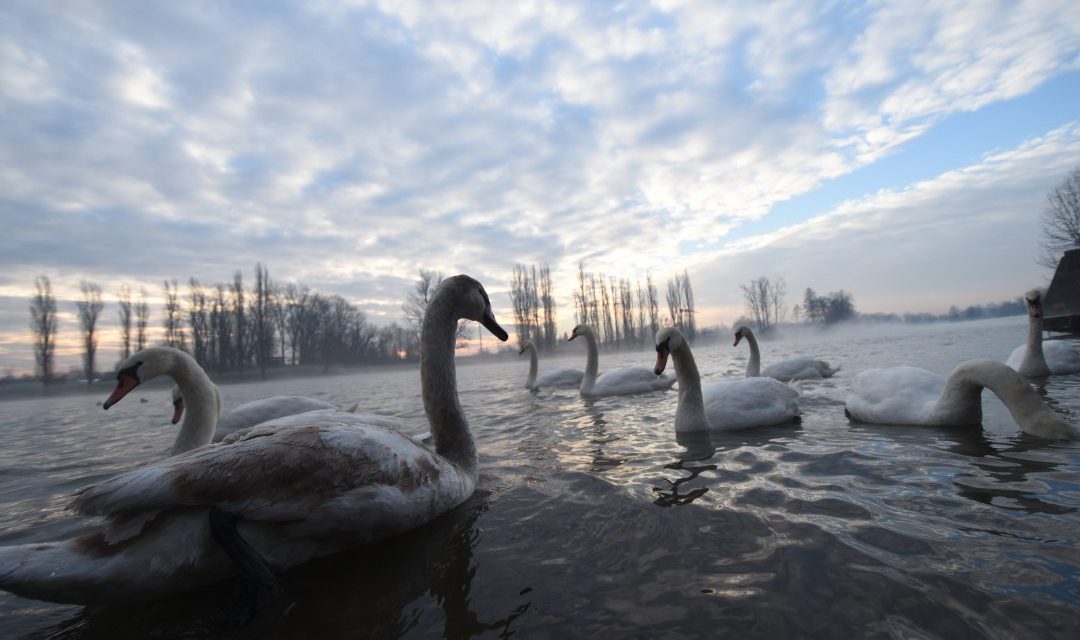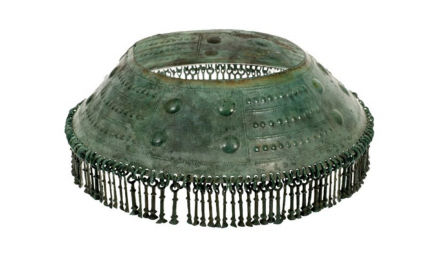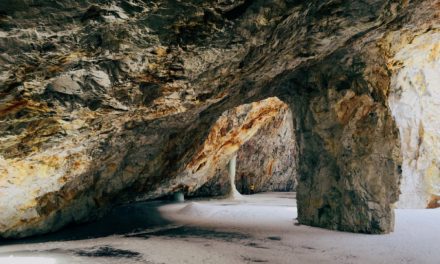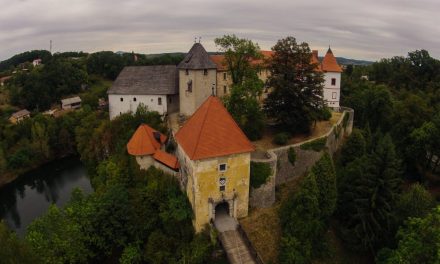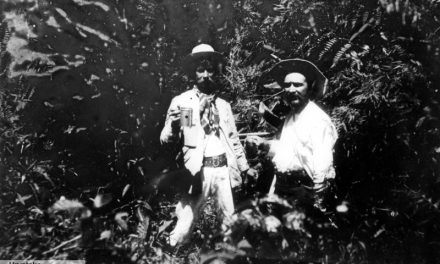Corel reef of the Pannonian Sea
Šabarić Hill (322 m above sea level) at Gornji Sjeničak near Karlovac is the remains of a sub-tropical coral reef belonging to the Pannonian Sea. Here you can find Miocene shell fossils (from the Tertiary Period) and other organisms that inhabited this sea 35 million years ago. Examples of these fossils can be seen at the Karlovac City Museum.
An Ice Age heritage
Cret in Banski Moravci near Karlovac, a relic of the Ice Age, is one of the last mires in Croatia. In this extremely moist habitat, acidic soils, moss, sedge and grass dominate. Sphagnum or peat moss is prevalent, creating peat from withered parts. Mires occupy only two hectares, and in 1966 were declared a botanical reserve protectorate.
The nicest virgin forest in Dinarid
The virgin forest of Čorkova uvala in the north-western part of the Plitvice Lakes National Park is the most beautiful virgin forest located on the Dinaric Mountains containing beech and fir trees. The area covering 80 hectares was declared in 1965 a special reserve containing forest vegetation. Fir and spruce live to 700 years and grow up to a height of 50 metres, and it takes four people holding hands to embrace these trees.
A habitat for wolves, lynxes and bears
The Kapela Mountains located along the south-western border of Karlovac County and abounds in big game. Thanks to a particular ecological approach, the extremely rare wolves, lynxes and brown bears can still be found, all of which are protected species in Europe. As an incentive to protect wild animals, the hunting grounds on Kapela were the first to introduce in Croatia photo safaris as a tourist offer.
A particular type of mountain butterfly
Since 1971, the Klek Mountain has been protected as a reserve possessing natural riches due to the exceptional beauty of the landscape and biological diversity. It abounds in a variety of rare and endangered species of plants and animals. Its specificity is the Klekovina Bright Eyed Ringlet, a Croatian endemic species. This species of particular beauty lives only in the meadows of Klek Mountain. Among the plants, particular importance is given to the endemic edelweiss.
A home for numerous bird types
The Draganić Fishponds are one of the largest freshwater fish farms in Croatia. They are located close to the Zagreb – Karlovac highway and railway line. Freshwater fish types are farmed on 346 hectares of water surface. Ponds and the surrounding oak forest (groves) are also habitats for many birds. It is the occasional home for 153 families of birds, with 76 families of the birds nest by the fishponds.
A park containing holy linden tress
The park alongside the medieval Bosiljevo fortress abounds in old linden trees, larches, maples, ashes, spruces, firs, acacias and oaks, as well as wild medicinal herbs. Among these is the linden tree, a holy Slavic tree. The linden was a sacred tree in the beliefs of many ancient Slavs, and has maintained this importance in recent history: here people gathered for social events and made references to custom law. Linden was a symbol of unification and reconciliation, and old and large trees were not allowed to be cut. The park is a monument of park landscaping since 1974.
The two-hundred-year-old avenue of Plane Trees
In 1809, alongside the last section of Louisiana road, in the Dubovac quarter of Karlovac, an avenue of 112 Plane Trees was planted. It was named after Napoleon marshal Marmont who commanded the Illyrian provinces. Today, the alley consists of 101 trees, of which 36 are the original Plane Trees. They reach over 1.5 metres in diameter and a height of 33 meters.
The favoured park by the Korana River
The City Beautification Association established in 1896 a botanical garden alongside the bathing spots on the Korana River, named Vrbanić park. In 1908, the Korana Hotel wsa opened. Even today, the park fringes contain the originally planted trees, for which seedlings were purchased in Zagreb, Trieste and Vienna. Vrbanić Park has been protected since 1970 as a horticultural monument. The park is a favourite walking and resting area.
A self-taught Karlovac botanist
Louis Rossi (1850-1932) was educated in Karlovac, where he settled as a retiree. Although self-taught, he was a prominent Croatian botanist and a member of the Yugoslav Academy of Arts and Sciences (now the Croatian Academy of Arts and Sciences). At the age of 21, he published his first scientific work, “Contribution to the Flora of Karlovac.” He left an extensive “Herbarium Croaticum,” which highlights the Karlovac area and herbs. He started writing the book “The Flora of Karlovac and its Surroundings”, writing about 300 pages, but did not manage to finish it. Several plant species were named after him, including the peak and shelter on Rožanski kukovi on the Velebit Mountain, whose flora he was researched for 17 years.
Harmonious symbiosis with the natural abundance
Sustainable eco-friendly construction and agriculture, cooperation and coexistence are the terms used by the eco-village community on the eastern slopes of Petrova Gora. Environmentally conscious individuals, mostly from Karlovac and Zagreb, members of EkoSense, which is an association to promote a culture of living harmoniously with nature, began with arranging the eco-village in 2007 in the in the abandoned hamlet of Blatuša. In achieving the symbiosis in natural abundance, it follows that with the aid of workshops, permaculture knowledge and skills, the science of managing the earth and creating a balanced social environment is passed on.

